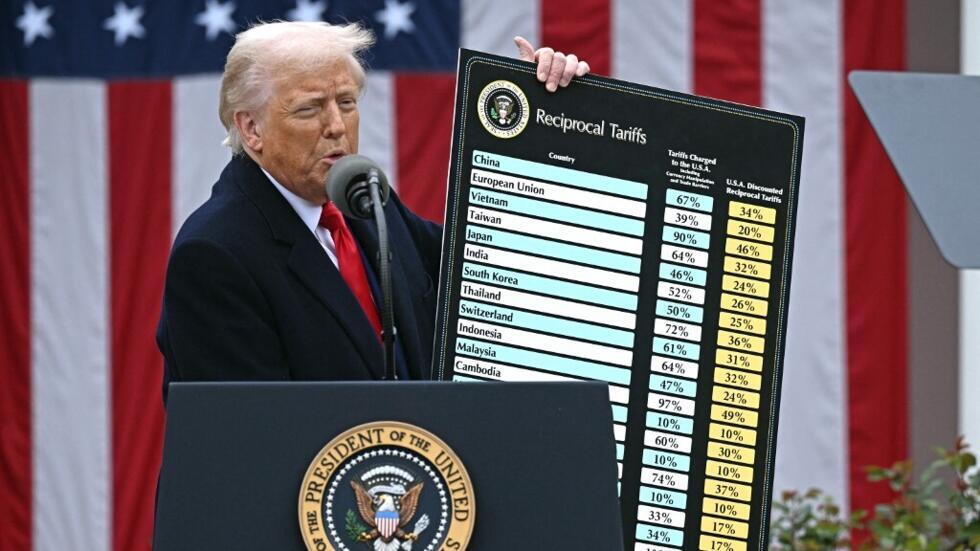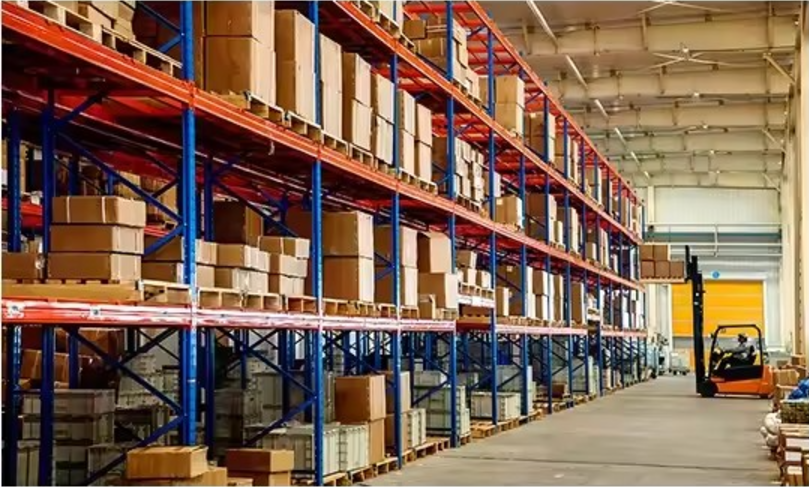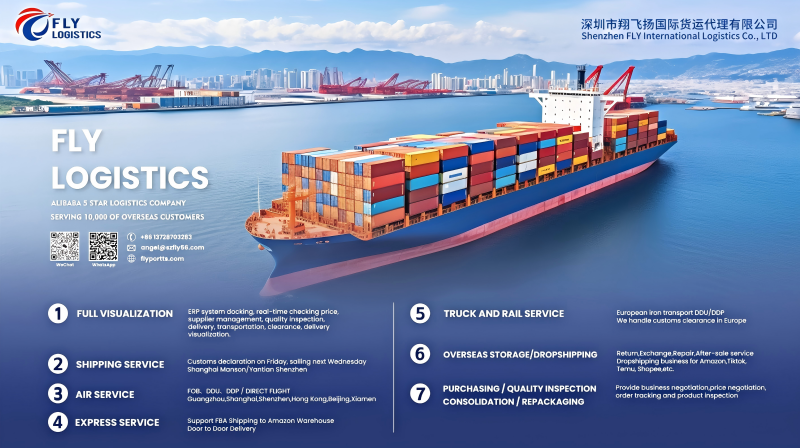President Trump unveiled his plan to impose reciprocal tariffs on countries worldwide on April 2, with new tariffs ranging from a 10% “baseline” tariff to additional tariffs on what the Trump administration considers “violators.”
All told, the tariffs Trump announced will affect approximately 185 countries, including the United States’ largest trading partners. For example, additional reciprocal tariffs will include 34% tariffs on Chinese imports, 20% on European Union imports, 46% on Vietnamese imports, 32% on Taiwanese imports, and 26% on Indian imports—all of which will take effect on April 9.
Impact on Cross-Border E-Commerce
- Rising commodity costs squeeze cross-border sellers’ profits
The tariffs imposed by the United States this time are relatively high, especially for commodities from major manufacturing countries such as China (34%) and Vietnam (46%). Cross-border e-commerce sellers, especially those on platforms such as Amazon, eBay, and Shopify that rely on China’s supply chain, will face direct cost increases. For example, electronic products, clothing, and household goods, which originally had profit margins of 20%-30%, may face the risk of zero profits or even losses after the tariff increase.
- Higher prices for end consumers and possible decline in demand
Tariff costs will eventually be passed on to consumers, leading to higher prices for goods. According to economic principles, price increases usually lead to lower demand, especially for price-sensitive consumer categories (such as fast fashion, electronic product accessories, etc.). Cross-border e-commerce sellers may face the risk of reduced order volume, which in turn affects overall revenue.
- The pressure to adjust the supply chain increases, and some sellers may withdraw from the US market
Due to the significant differences in tariffs between different countries (such as Vietnam 46% vs. EU 20%), cross-border e-commerce companies may be forced to adjust their supply chains and transfer part of their production capacity to countries with lower tax rates (such as Mexico and other Southeast Asian countries). However, supply chain migration involves many challenges, such as factory cooperation, logistics support, and quality control, which are difficult to complete in the short term. Some small and medium-sized sellers may be forced to withdraw from the US market because they cannot bear the cost pressure.
- Compliance risks increase, and customs inspections become stricter
US Customs may strengthen the inspection of high-tariff goods, especially those from China and Vietnam. If cross-border e-commerce companies fail to accurately declare the value or origin of goods, they may face fines, goods seizure, and even legal risks.
Impact on International Logistics
- The cost of sea and air transportation may rise further
Due to the increase in tariffs, some cargo owners may choose to stock up in advance or adjust the mode of transportation (such as replacing sea transportation with air transportation to reduce inventory pressure), resulting in a surge in international logistics demand in the short term and pushing up freight rates. In addition, logistics companies may incur additional warehousing and demurrage fees due to extended customs inspection time.
- Increased demand for logistics route optimization
In order to avoid high tariffs, some companies may choose a “curve transportation” strategy, for example:
- Transit through a third country: Export Chinese goods to low-tariff countries such as Malaysia and Thailand first, and then transfer them to the United States (must comply with the rules of origin).
- Use free trade agreements: such as Mexico (USMCA member) or Southeast Asian countries (some of which enjoy US GSP benefits), to reduce tariff costs.
However, such operations must comply with international trade regulations; otherwise, they may be identified as “tariff avoidance” and face penalties.
- Adjustment of overseas warehouse layout strategy
Changes in tariff policies will affect the overseas warehouse layout of cross-border e-commerce companies:
- Increase domestic inventory in the United States: Prepare goods in advance to US overseas warehouses to reduce future tariff costs, but increase capital occupation.
- Develop near-shore warehousing: For example, build warehouses in Mexico or Canada and use the USMCA tax exemption policy to reduce the impact of tariffs.

Response Strategies
- Optimize supply chain layout and diversify risks
- Diversified procurement: Reduce dependence on China’s supply chain and expand suppliers in Southeast Asia (such as Indonesia and Thailand), South Asia (such as India), Latin America (such as Mexico), etc.
- Nearshore manufacturing: Consider setting up production bases in Mexico or Eastern Europe (for the EU market) to reduce tariffs and logistics costs.
- Adjust pricing and product strategies
- High-end transformation: Increase product added value and reduce the loss of price-sensitive consumers.
- Bundling and promotion: Offset the impact of price increases through combination sales or member discounts.
- Use free trade agreements (FTAs) to reduce tariffs
- Study the rules of origin: For example, export through Mexico (USMCA) and ASEAN countries (some of which enjoy US tariff preferences) to reduce tax rates in compliance.
- Apply for tariff exemptions: Some goods may meet the US “301 tariff” exemption conditions, and it is necessary to pay close attention to policy dynamics.
- Strengthen logistics and tariff compliance management
- Optimize the customs declaration process: Ensure that HS codes and commodity value declarations are accurate to avoid fines due to incorrect declarations.
- Cooperate with professional customs clearance companies: Reduce risks with the help of logistics service providers with rich experience in compliance (such as DHL and FedEx Customs Brokerage).
- Explore new cross-border e-commerce models
- DTC (Direct-to-Consumer) model: Sell through independent sites to reduce platform commissions and intermediary costs.
- Localized operations: Register a company in the United States, purchase some products locally, and reduce the impact of cross-border tariffs.
The US’s policy of imposing reciprocal tariffs will have a profound impact on cross-border e-commerce and international logistics industries, including rising costs, supply chain adjustments, logistics route optimization, etc. Enterprises need to adopt flexible response strategies, including supply chain diversification, tariff compliance optimization, overseas warehouse layout adjustment, etc., to reduce the impact of the policy.





